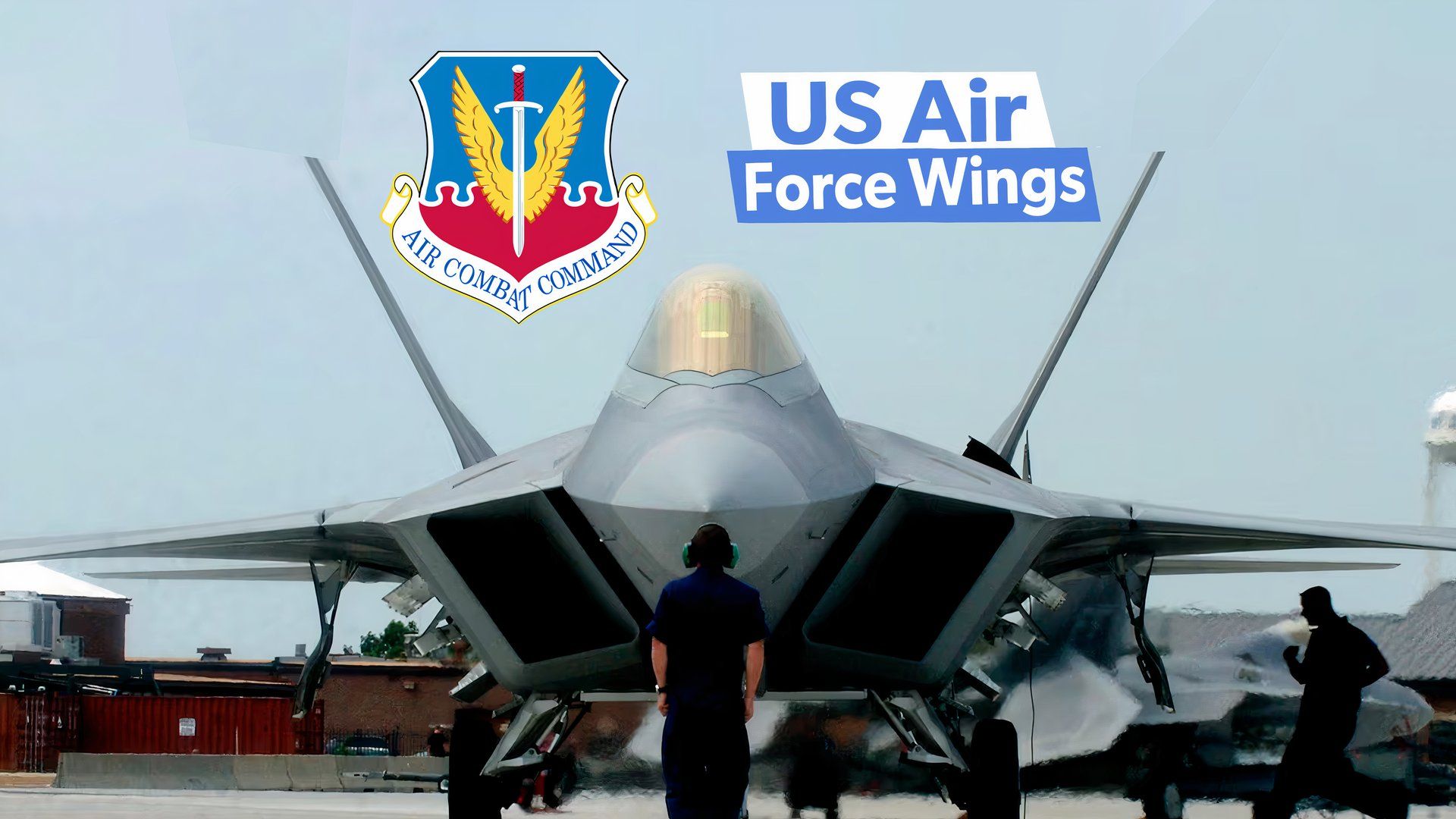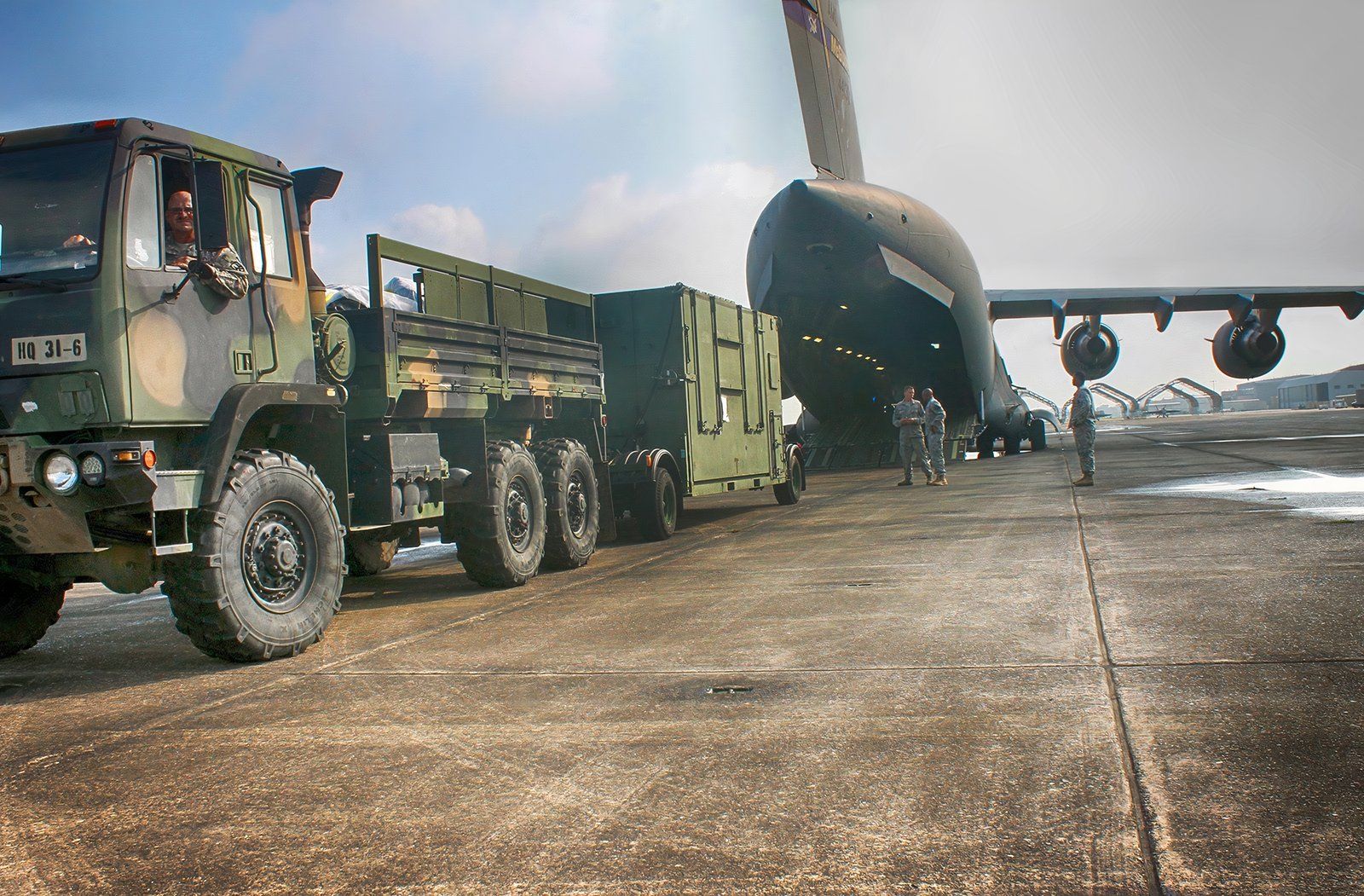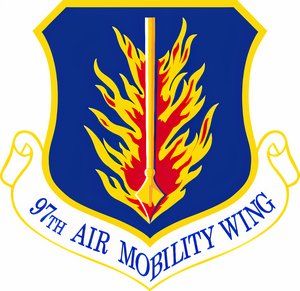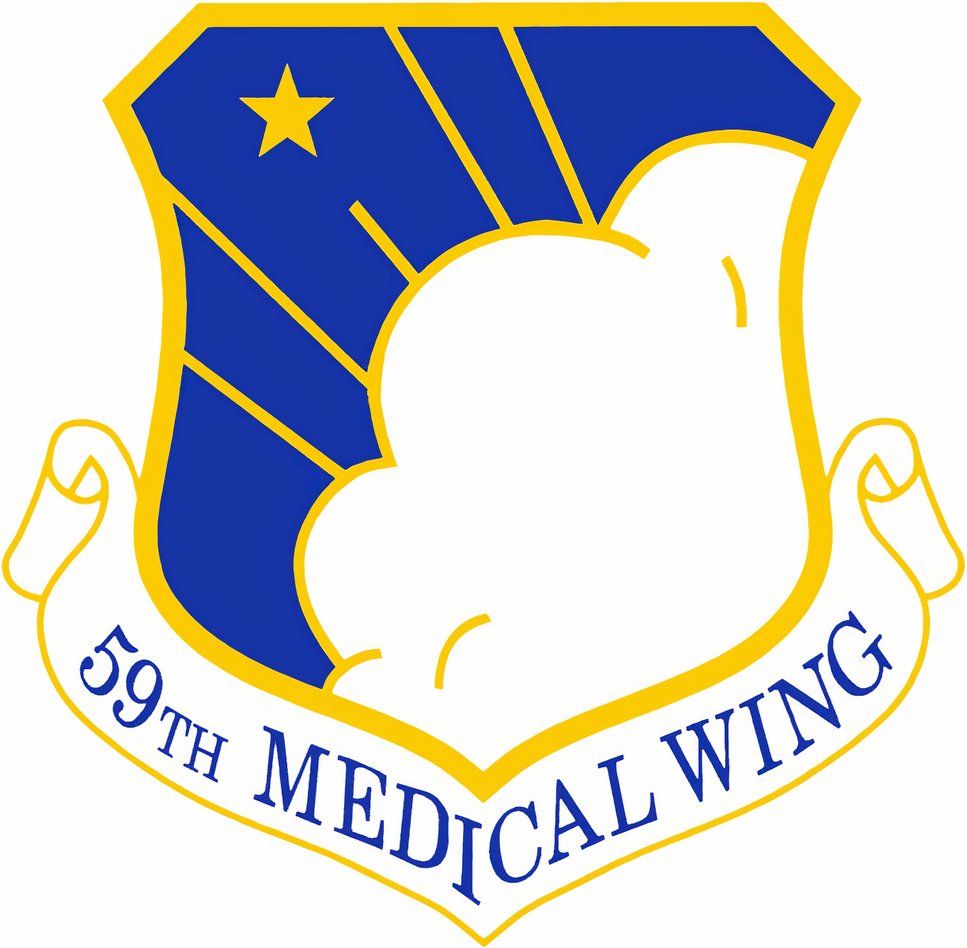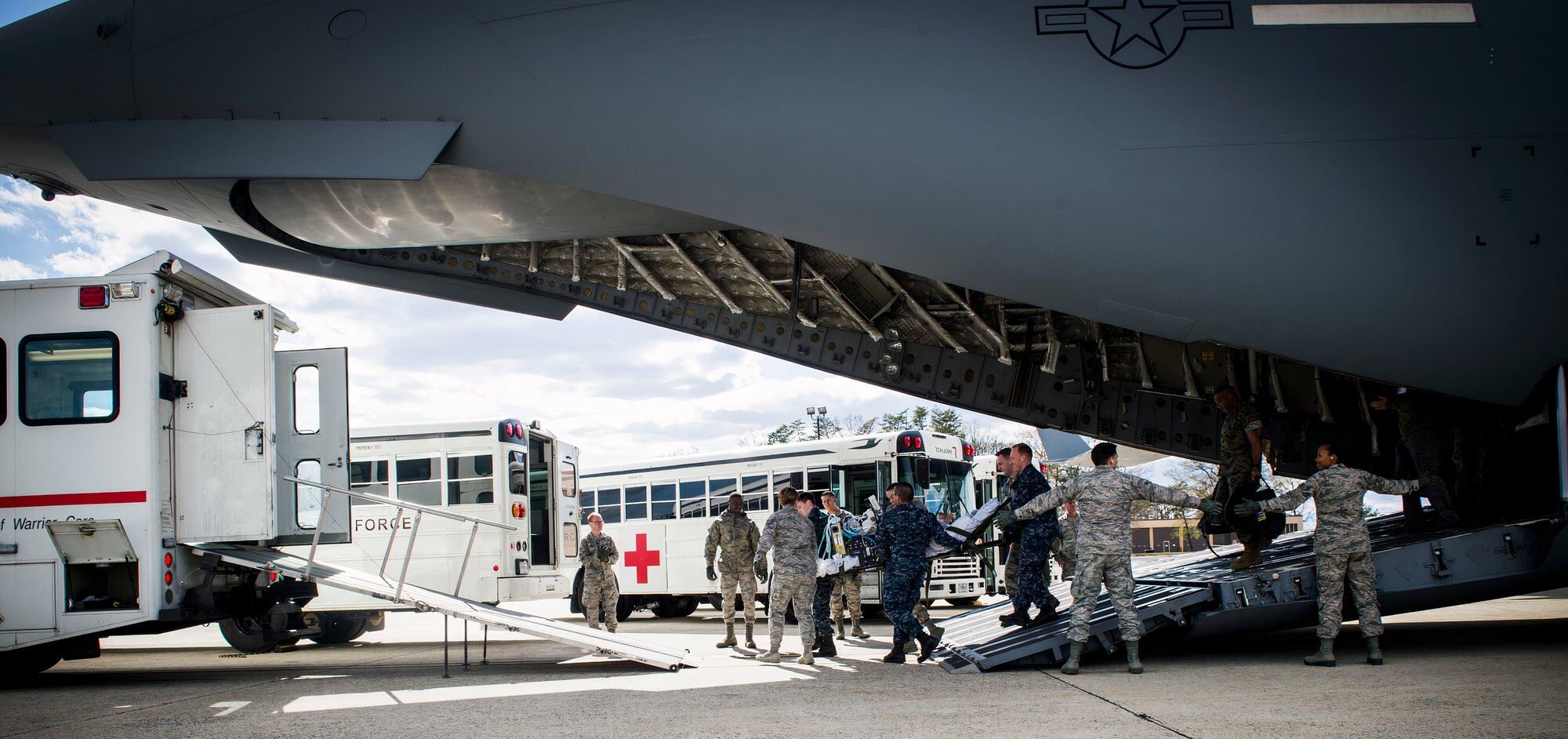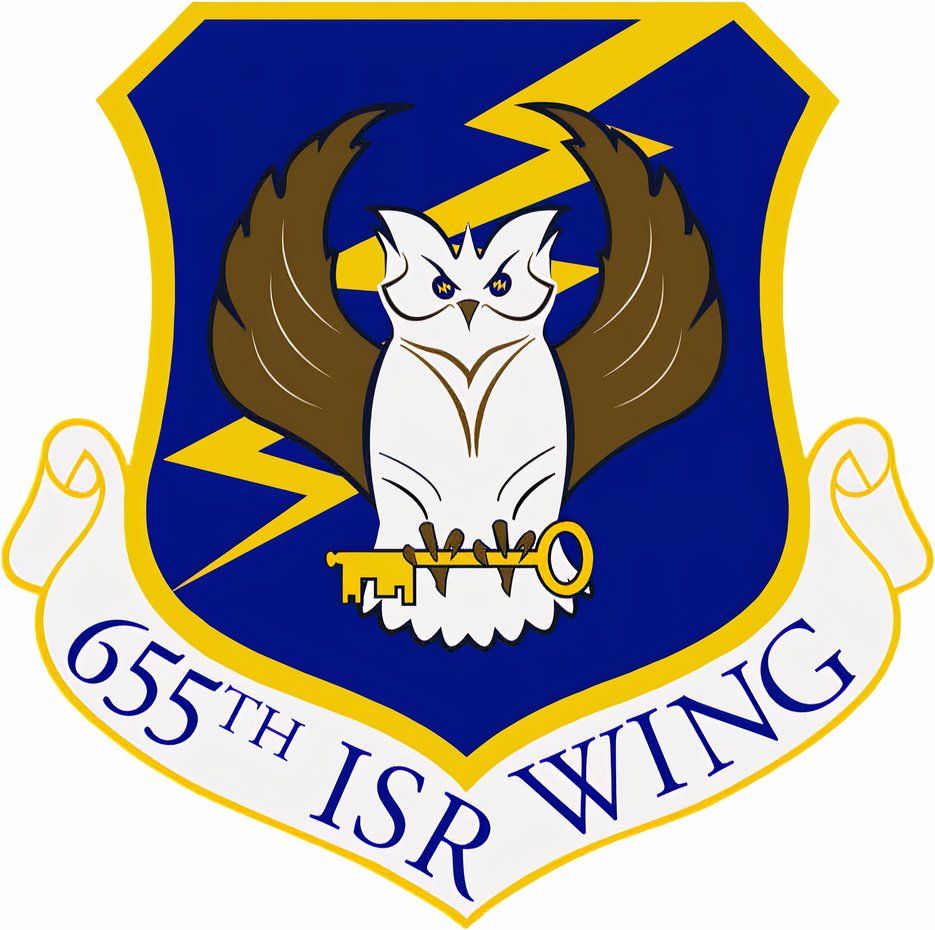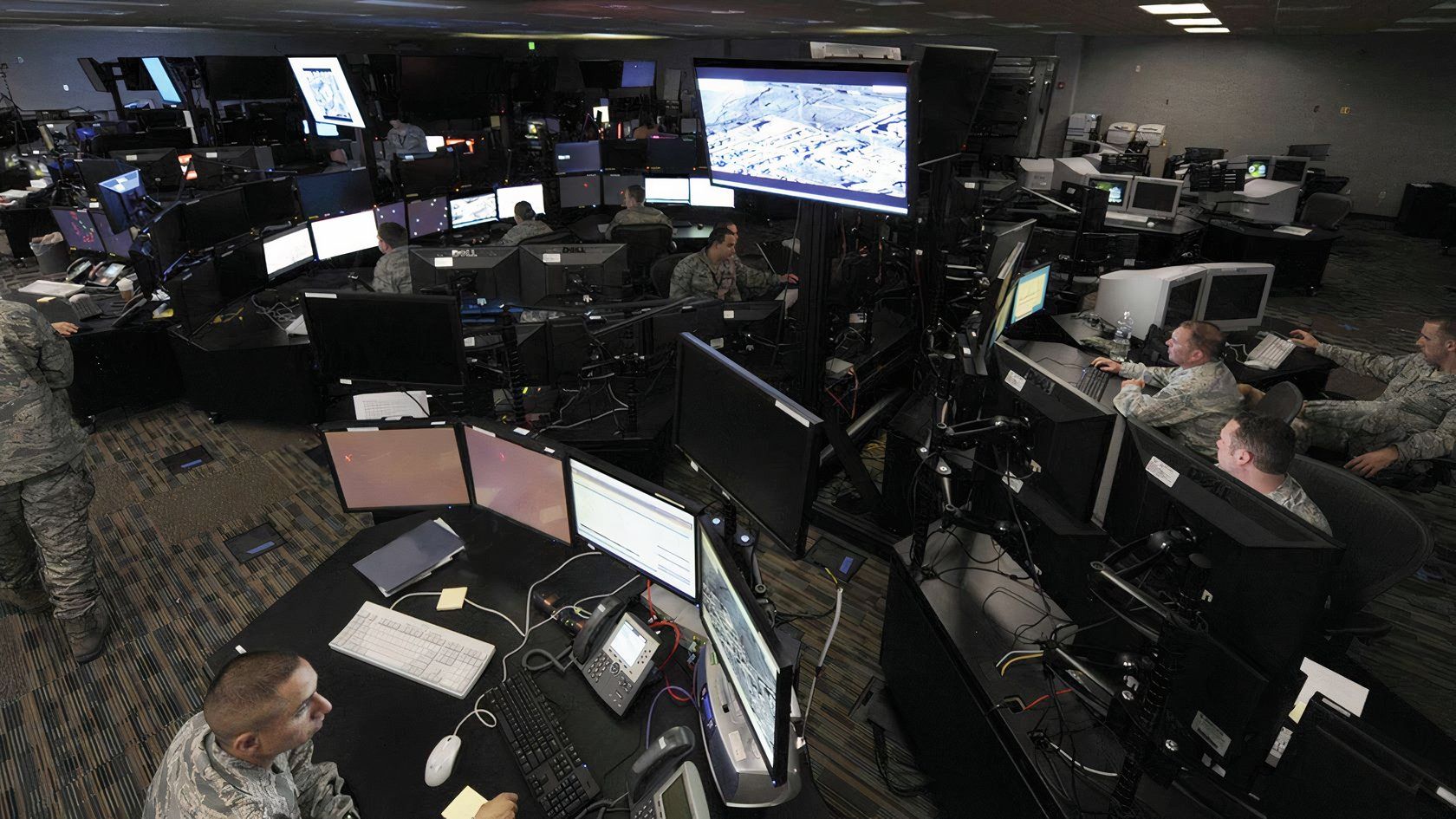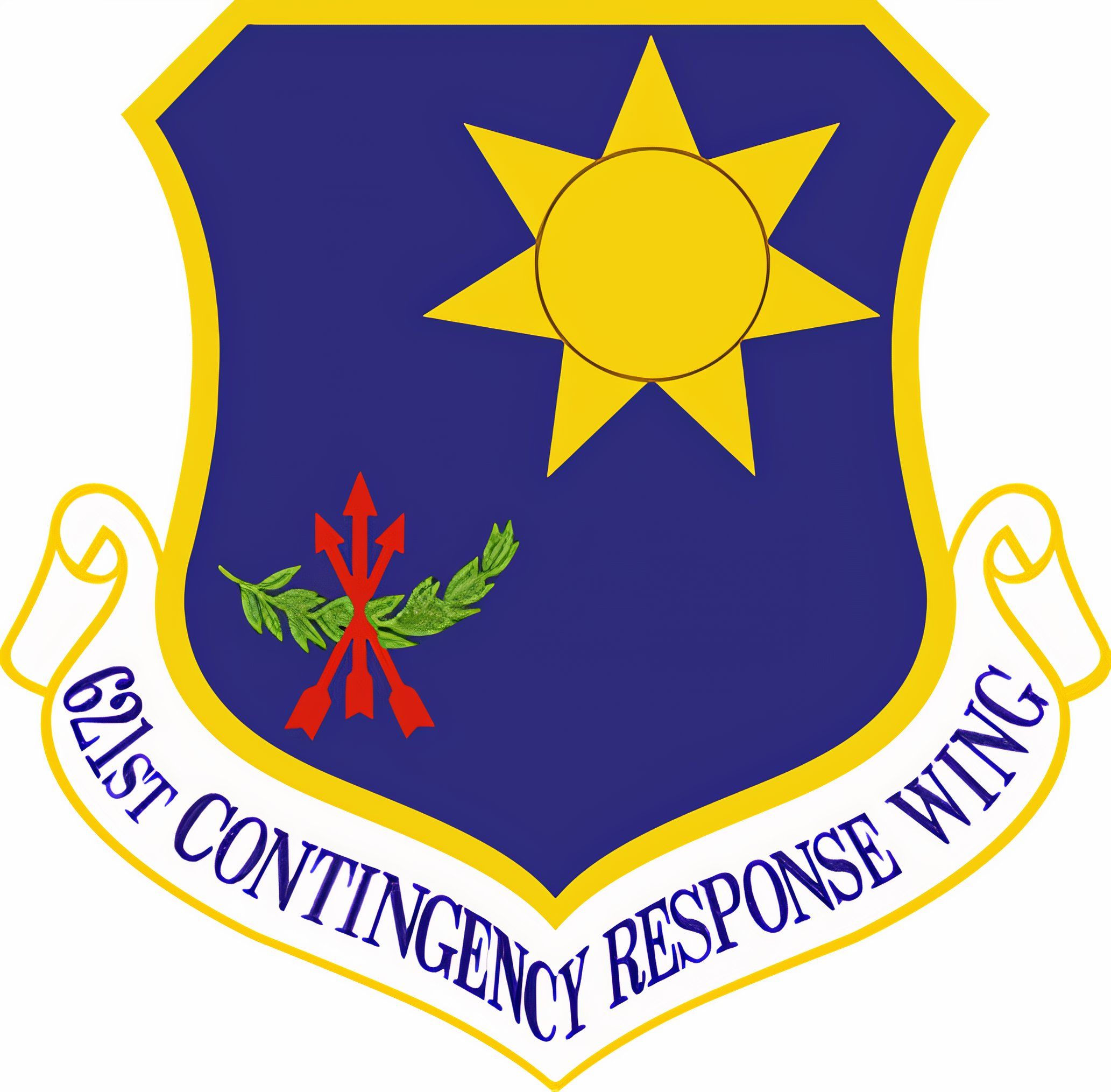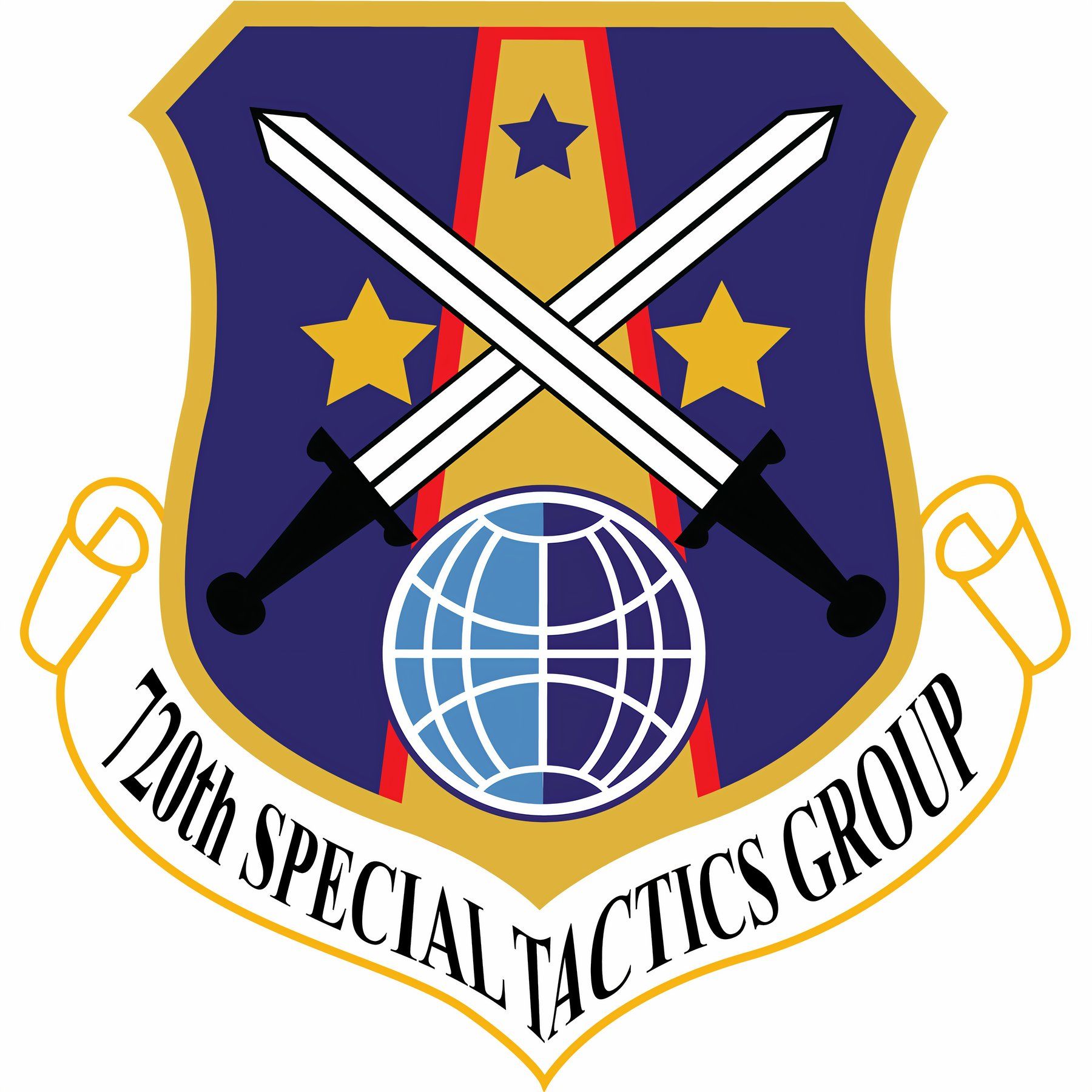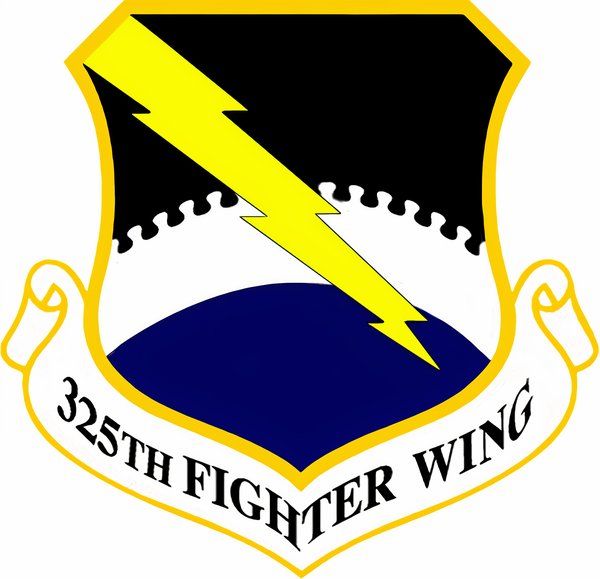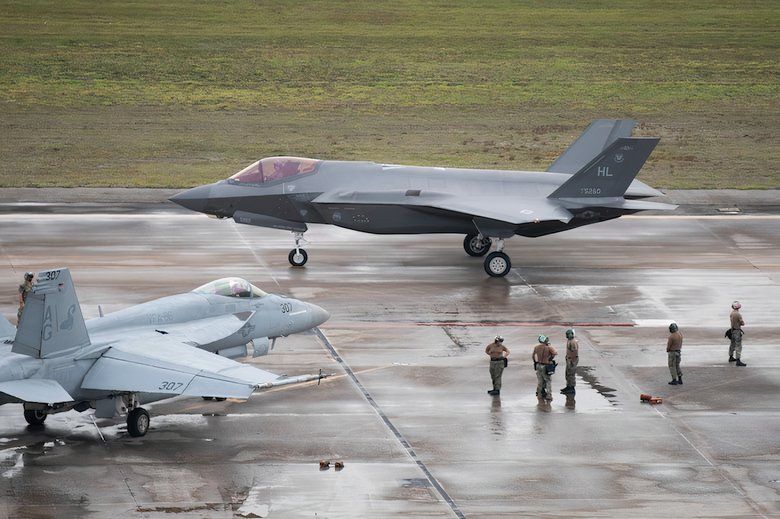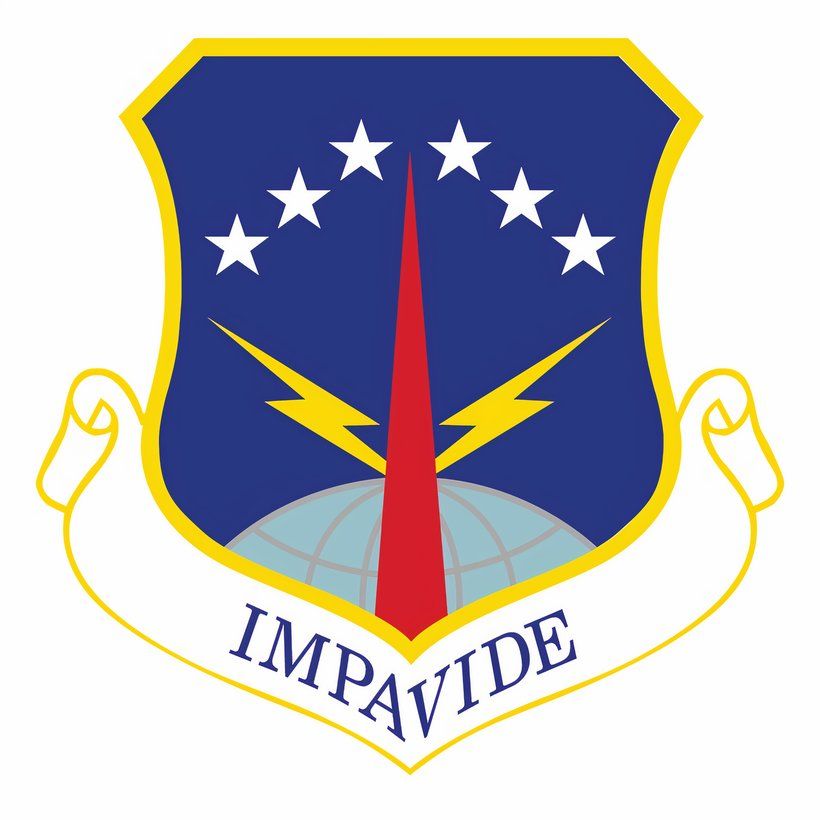As a large organization, the Air Force utilizes its wings to perform any required task, either in peacetime or under combat conditions.
America’s Air Force and the transmission of command
Like the other branches in the US military, the United States Air Force
is a sprawling and complex organization.
Indeed, each of the Air Force’s 10 commands categorizes tasks or missions within its area of operations. The command then creates, organizes, and assigns the mission(s) to the appropriate wing under its command, which will then carry out the mission at hand.
While there are far too many wings in the US Air Force with diverse skill sets to examine in a single story, this article will focus on eight different wings. Each of these wings has a different mission focus and responsibilities.
About the Air Force Wing
At about the midway point of the Air Force unit structure is the “Wing.” With specific regard to aircraft, a wing consists of two groups, each composed of two squadrons, and a squadron has anywhere from 8 to 24 aircraft, depending on the type of squadron. Therefore, a fighter wing, for instance, could have up to 72 aircraft.
For a detailed look at the Air Force unit or command structure, please click HERE.
Each wing has specialized training, equipment, and personnel ideally suited for the various needs of the Air Force or joint force. The Air Force’s wings cover diverse areas: Combat Operations, Strategic Lift or General Transport, Cyberspace Operations, ISR, Base Operations, Supply Chain Operations, Training, Special Warfare, and Strategic Nuclear Deterrence and Response.
To see all of the Air Force’s wings, please click HERE
Now, let’s look at our eight featured Air Force wings.
635th Supply Chain Operations Wing
Global sustainment support
This wing provides a 24/7
supply-chain
support to America’s warfighters stationed around the world. The 635th is based at Scott Air Force Base in Illinois, and it coordinates its activities with the Air Force Sustainment Center, which is staffed by approximately 40,000 military and civilian personnel.
According to the 635th Supply Chain Operations Wing:
“The 635th Supply Chain Operations Wing consist of two Supply Chain Groups, a Materiel Maintenance Group, the Air Force’s Petroleum Office, and the Vehicle and War Reserve Materiel Global Management office. It also houses the office of Repair Network Management…that connects supply and maintenance communities across active duty, Air National Guard, Air Force Reserve Command, and depots.”
Photo: U.S. Army
97th Air Mobility Wing
Aircraft used by this wing: C-17, KC-135R, KC-46
The 97th is stationed at Altus Air Force Base in Oklahoma, where it plans and executes training for pilots and aircrew members of the McDonnell Douglas C-17 Globemaster III, KC-46, and Boeing KC-135 Stratotanker.
This training program takes on 3,000 students annually, and the training is composed of three phases: 1) Academic, 2) Simulator, and 3) Flying.
The 97th Air Mobility Wing commands 500 mobility personnel. In addition to training, this wing exercises constant vigilance and is ready for global deployment at a moment’s notice.
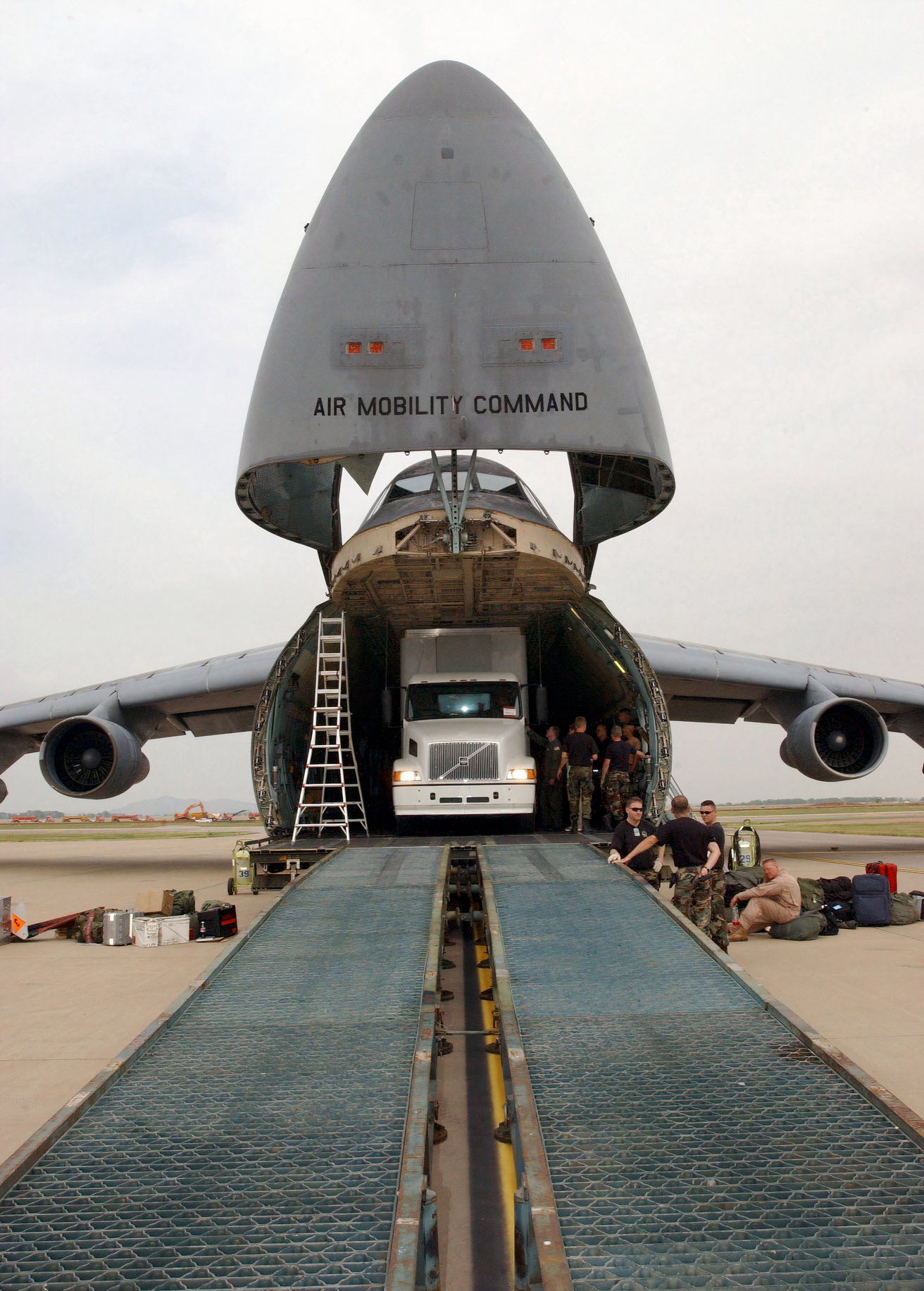 59th Medical Wing
59th Medical Wing
This wing’s aircraft fleet provides timely, high-quality medical care to US service personnel or anyone within its mission area.
The 59th is based at Lackland Air Force Base, Texas. It is the Air Force’s premier medical readiness, health care, medical education, and research wing, with a staff of 8,000 military, civilian, and contract personnel.
According to the Air Force:
“The wing has the largest medical mobility commitment in the U.S. Air Force and maintains approximately 1,250 mobility positions. At any one time, there are about 100 medics deployed worldwide, executing a joint U.S. mission in support of global operations.”
Photo: U.S. Air Force
655th Intelligence Surveillance Reconnaissance Wing
Intelligence collection and dissemination.
The 655th is based at Wright-Patterson Air Force Base in Dayton, Ohio. It was established in 2012 due to the need for further ISR capabilities during the War on Terror.
This wing delivers robust
intelligence
, surveillance and reconnaissance capabilities for Air Combat Command, the National Air and Space Intelligence Center and Air Force Material Command. The mission of the 655th is carried out by a dedicated staff of approximately 1,100 military and civilian personnel.
According to the Air University:
“The 655th ISRW is dedicated to serving as the premier and most diverse ISR Group in the United States Air Force, delivering timely, reliable, accurate and actionable intelligence products enabling a decision advantage over adversaries of the United States.
621st Contingency Response Wing
Rapidly deployable bare-base operations.
According to the 621st Contingency Response Wing:
“The 621st Contingency Response Wing (CRW) is a highly specialized team of Airmen that rapidly deploy to open airbases, coordinate air mobility operations, enable joint interoperability, and advise partner nations. From wartime taskings to disaster relief, the 621st CRW extends Air Mobility Command’s reach in deploying people and equipment around the globe.”
To fulfill its vital mission, the 621st is composed of approximately 1,500 Airmen. It is subdivided into thirteen squadrons and located in twenty geographically disbursed operating locations. These units and their operations align with major Army and Marine Corps combat units.
720th Special Tactics Group (Within the 24th Special Operations Wing)
Special mission and tactical operations
This wing is based at Hulburt Field, Florida, and it is a crucial component of
Air Force Special Operations Command
. This group comprises approximately 800 Special Operations personnel in fields such as Combat Control, Pararescue, Combat Weathermen, and Special Reconnaissance and support personnel.
The 720th provides training and necessary equipment to special tactical units of America’s partner forces. This training and equipment allows partner forces, specifically foreign airmen, the expertise to establish and control air-to-ground communication for effective operations in a given area.
In addition to training and equipping, the 720th provides long-range operational and logistical planning and forward deploys command and control elements for special operations.
According to the 720th Special Tactics group:
“Squadrons within the 720th STG are composed of Air Force Combat Controllers, Pararescuemen and Combat Weathermen. Combat Controllers and Pararescuemen are specifically organized, trained and equipped to control aviation assets and provide search and rescue, trauma care and evacuation staging of the wounded. Combat Weathermen support the Army Special Forces Groups, the 75th Ranger Regiment, and the 160th Special Operations Aviation Regiment by generating accurate, mission tailored forecasts for ingress, employment, and egress of air, land and sea forces, and conduct special weather reconnaissance.”
325th Fighter Wing
Aircraft used by this wing: F-22A & F-35A
The 325th Fighter Wing is based at Tyndall Air Force Base, Florida. Its primary mission is to train and project unsurpassed combat air power wherever such a force must be brought to bear.
According to the 15th Air Force:
“The wing trains and prepares F-22 Raptor pilots, intelligence officers, and maintainers for assignment to combat Air Force units. The 325th Fighter Wing flies F-22 Raptor and T-38 Talon aircraft and sustains ready forces for worldwide deployment in support of combat operations.”
Tyndall is slated to receive 70 F-35’s which, once completely fitted out, will make the 325th a combat-capable F-35A fighter wing.
The arrival of the first F-35 at Tyndall in 2023, assigned to the 325th wing, made the airbase a critical asset due to its direct access to the Gulf of Mexico and the Gulf Range complex. Tyndall is slated to receive 70 F-35s, which, once completely fitted out, will make the 325th a combat-capable F-35A fighter wing.
Photo: U.S. Air Force
Additionally, large-scale training exercises slated will greatly improve the interoperability between 4th and 5th generation airframes, improving the effectiveness of the wing and joint force. The deployment of F-35s will turn Tyndall into a hub for worldwide deployment and homeland defense.
90th Missile Wing
Aircraft used by this wing: Minuteman III & UH-1N
The 90th Missile Wing is based at Francis E. Warren Missile Base in Wyoming. This wing has approximately 2,800 military personnel and 550 civilian employees under its command.
Photo: U.S. Air Force
The 90th was activated on July 1, 1963. It was originally designated the 90th Strategic Missile Wing. It was the US’ first operational intercontinental ballistic missile (ICBM) base, stationing its Atlas missiles. Its Minuteman III ICBMs are on full alert 24 hours a day, 365 days a year.
According to the 90th Missile Wing:
“The 90th Operations Group consists of about 350 operators, facility managers, and support personnel. It is composed of three missile squadrons, an operations support squadron and a standardization and evaluation element. Each tactical missile squadron is responsible for five missile alert facilities and 50 Minuteman III ICBM launch facilities.”
The Minuteman III missiles are disbursed over a 9,600 square-mile area of eastern Wyoming, western Nebraska and northern Colorado. The missiles are emplaced in hardened silos in order to protect against not only attack but against a preemptive strike. These silos are connected to 15 underground missile alert facilities via a system of hardened cables.
Multiple communication systems provide the President of the United States with highly secure, reliable, nearly instantaneous, and direct contact with each launch crew.
The US Air Force: its missions and its wings
As a massive organization with global responsibilities, the US Air Force (USAF) has well over a hundred wings with varying specialties and capabilities. Regardless of the task at hand and geographical location, the USAF can count on its highly trained and specialized wings to more than adequately take on the mission.

